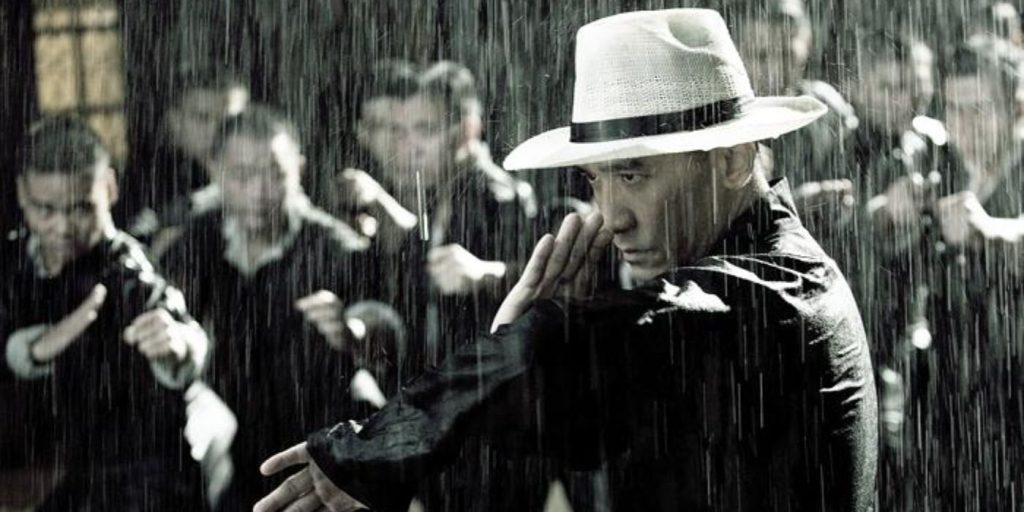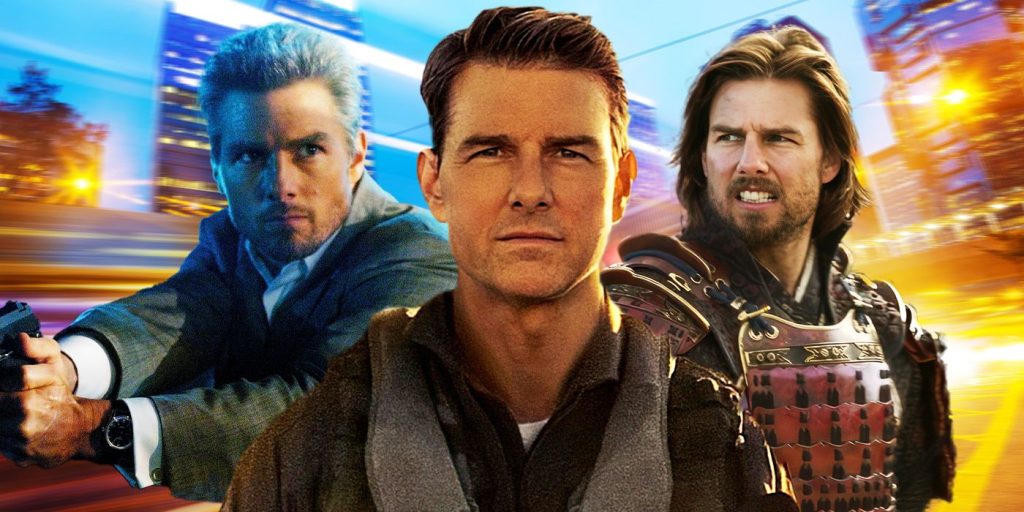In a world dominated by fast-paced blockbusters and instant payoffs, there’s something uniquely rewarding about a film that takes its time. Slow burn movies are a cinematic treat for viewers who enjoy immersive storytelling, rich character arcs, and emotional payoffs that linger long after the credits roll.
Whether you’re a fan of psychological drama, period romance, neo-noir, or atmospheric horror, these films prove that patience isn’t just a virtue—it’s part of the experience.
🧠 Why Slow Burn Films Are So Emotionally Rewarding
Slow burn films may not give you the immediate adrenaline rush of a typical thriller, but they offer something deeper: emotional investment. As characters are developed layer by layer and tension slowly simmers, the final act often delivers a punch that feels more earned and impactful.
“A slow burn film rewards attention, not speed. It lets us live inside its world, which is something modern cinema rarely allows.”
— Elena Ward, Indie Film Critic
These films also tend to be visually rich and thematically complex, offering rewatch value and layered meaning with each viewing.
🎭 Essential Slow Burn Dramas and Psychological Masterpieces
These dramas may unfold at a deliberate pace, but every frame builds toward a meaningful emotional or philosophical climax.
The Tree of Life (2011)
Director: Terrence Malick
Genre: Experimental Drama
A meditative epic that explores childhood, memory, and the nature of existence, Malick’s The Tree of Life is more of a poetic experience than a conventional narrative. With its sweeping visuals and spiritual undertones, the film captures the grandeur and fragility of life through the lens of a 1950s Texas family.
Why it’s worth your time:
- Stunning cinematography that evokes emotion without words
- Themes of grief, creation, and divine purpose
- A movie to feel, not just watch
There Will Be Blood (2007)
Director: Paul Thomas Anderson
Starring: Daniel Day-Lewis
There Will Be Blood is a masterclass in character-driven storytelling. It follows the ruthless oilman Daniel Plainview as he climbs the ladder of capitalism, losing his soul along the way. With its creeping dread and powerhouse performances, the film builds toward one of the most chilling endings in modern cinema.
Why it works as a slow burn:
- Gradual descent into obsession and moral decay
- Haunting score and bold cinematography
- One of Day-Lewis’s most iconic roles
Lost in Translation (2003)
Director: Sofia Coppola
Starring: Bill Murray, Scarlett Johansson
This beautifully restrained film captures the feeling of emotional disconnection in a foreign place. Bill Murray and Scarlett Johansson give nuanced performances as two lonely souls navigating Tokyo and an unspoken bond.
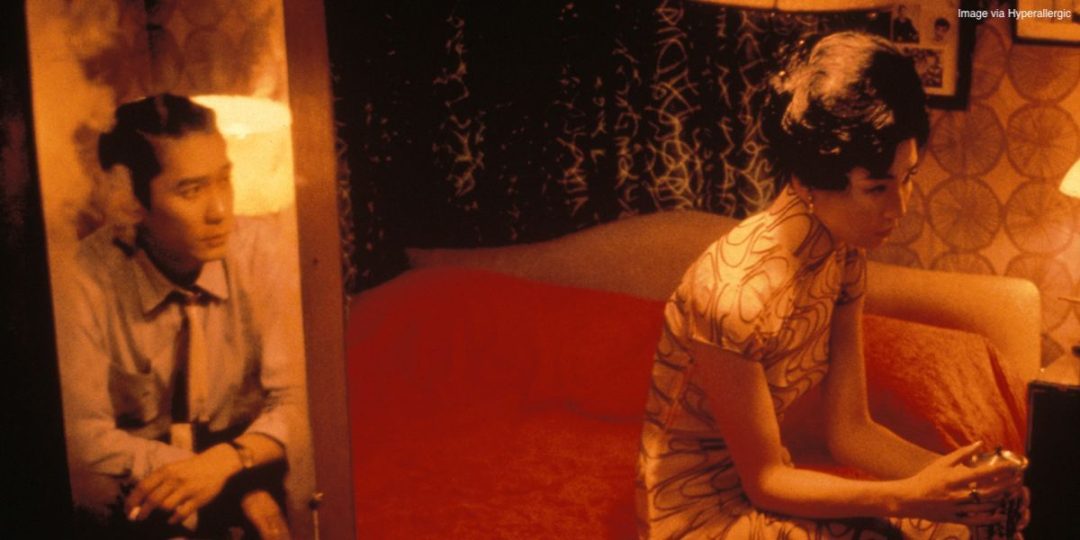
Sometimes, the silence between lines says the most.
Why it resonates:
- Captures alienation and fleeting connection with elegance
- Deeply atmospheric with subtle emotional cues
- Minimalist dialogue that says more by saying less
Roma (2018)
Director: Alfonso Cuarón
Awards: Academy Award for Best Director
Shot in stark black and white, Roma paints a deeply personal portrait of a domestic worker’s life in 1970s Mexico City. The slow, observational style allows us to see the quiet moments that define a person’s world—small triumphs, heartbreak, and quiet resilience.
What makes it unforgettable:
- Visual storytelling at its best
- A tribute to invisible labor and maternal strength
- Emotional climax that sneaks up on you
The Assassination of Jesse James by the Coward Robert Ford (2007)
Director: Andrew Dominik
Starring: Brad Pitt, Casey Affleck
This Western unfolds with mythic stillness, unraveling the psychology of fame, betrayal, and obsession. Casey Affleck’s portrayal of Robert Ford adds a quiet intensity that builds into a haunting and inevitable finale.

“Don’t meet your heroes” has never felt more tragic.
Why it’s essential viewing:
- Poetic cinematography by Roger Deakins
- Deeply humanized depiction of infamous historical figures
- A slow build that pays off emotionally and thematically
Portrait of a Lady on Fire (2019)
Director: Céline Sciamma
Starring: Noémie Merlant, Adèle Haenel
This French historical romance is a study in restraint and longing, telling the story of an artist commissioned to paint a woman’s portrait without her knowing. As the film slowly builds tension between the women, every glance and silence feels electric.
Why critics adored it:
- Emotionally explosive without any melodrama
- A visual metaphor in every frame
- A love story told through art, memory, and gaze
🕵️♂️ Crime, Noir & Thriller Slow Burns
If you love stories that simmer with tension, these slow burn thrillers and noirs are masterclasses in pacing and atmosphere. They take their time unraveling mysteries and character flaws, rewarding patient viewers with layered drama and thought-provoking conclusions.
Killing Them Softly (2012)
Director: Andrew Dominik
Starring: Brad Pitt, James Gandolfini
This gritty neo-noir blends a simple mob story with political subtext. Its methodical pacing lets scenes breathe, emphasizing dialogue, dread, and economic anxiety in the aftermath of a heist gone wrong.
Why it’s worth the wait:
- Powerful monologues that double as social commentary
- Minimalist violence that hits harder because of the build-up
- A moody, cynical take on American capitalism
Winter’s Bone (2010)
Director: Debra Granik
Starring: Jennifer Lawrence
Set in the rural Ozarks, Winter’s Bone follows a teenage girl trying to locate her missing father before losing her family home. The film’s quiet desperation mirrors its bleak setting, making it one of the most affecting slow burns in modern indie cinema.
What makes it powerful:
- Grounded, raw performances
- Stark, atmospheric visuals
- A slow-building sense of danger and emotional resolve
Taxi Driver (1976)
Director: Martin Scorsese
Starring: Robert De Niro
A cornerstone of American cinema, Taxi Driver explores the psychological unraveling of a lonely veteran in New York City. It moves at a deliberate pace, showing Travis Bickle’s mental decline in chilling detail.
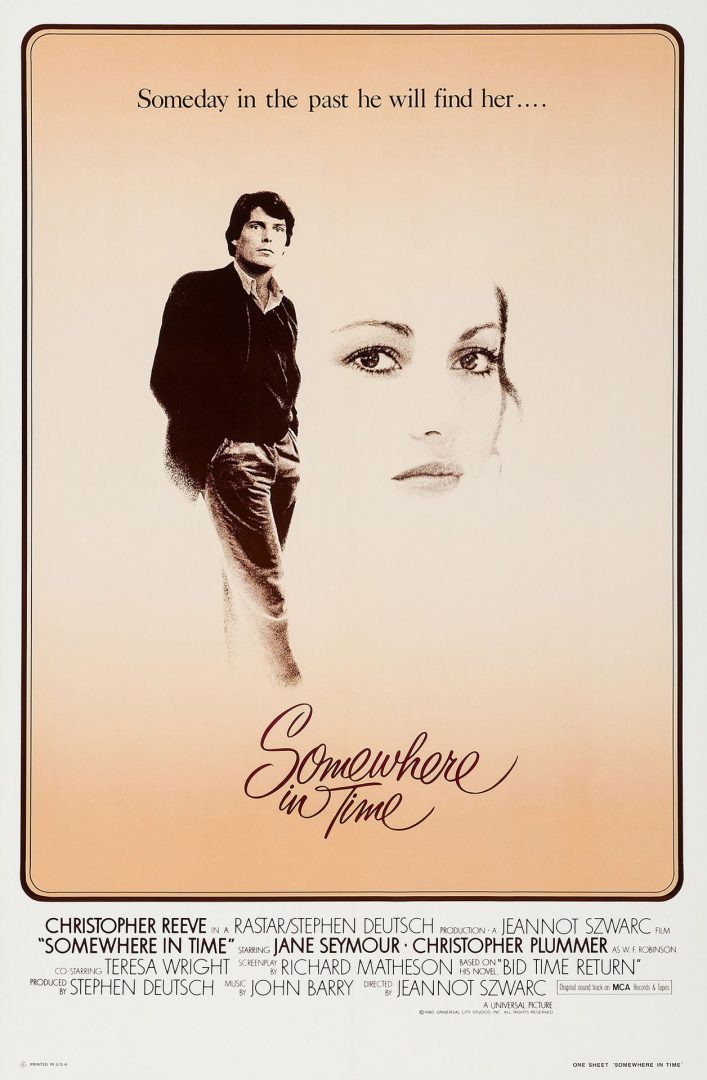
Loneliness, delusion, and slow descent into madness.
Why it stands the test of time:
- De Niro’s iconic, unsettling performance
- Moody jazz score and gritty cityscape
- Unfolds into one of the most intense finales ever filmed
Mulholland Drive (2001)
Director: David Lynch
Starring: Naomi Watts
Lynch’s dreamlike thriller is a surreal puzzle box of shifting identities and fragmented narratives. Its slow pace invites interpretation, reflection, and a gradual realization that nothing is what it seems.
Why it’s unforgettable:
- Haunting imagery that embeds itself in your mind
- A hypnotic, mysterious tone throughout
- Every rewatch reveals something new
Blade Runner 2049 (2017)
Director: Denis Villeneuve
Starring: Ryan Gosling, Harrison Ford
This visually stunning sequel to Blade Runner is a slow-burning sci-fi epic that tackles identity, humanity, and purpose. Every frame is rich with visual metaphor, while the story patiently builds to a soulful and satisfying climax.
Why it rewards patience:
- Breathtaking production design
- Subtle emotional depth beneath the dystopian shell
- A meditative, melancholic score by Hans Zimmer
💎 Underrated & Unique Slow Burn Picks
These lesser-known films offer surprising emotional or narrative payoffs, proving that hidden gems can be just as powerful.
Brawl in Cell Block 99 (2017)
Director: S. Craig Zahler
Starring: Vince Vaughn
What starts as a gritty crime drama turns into a brutal prison survival story. The pacing is slow and deliberate, allowing the character transformation to feel earned and unsettling.
Why it’s worth discovering:
- Unexpectedly nuanced lead performance
- Gritty, violent payoff
- Patient storytelling with a hard edge
👻 The Art of Slow-Burn Horror
Horror is a genre where slow burn storytelling thrives. These films build dread gradually, often leaving a deeper emotional scar than jump-scare-heavy thrillers.
The Shining (1980)
Director: Stanley Kubrick
Starring: Jack Nicholson
Set in a secluded hotel, The Shining uses long takes and eerie silences to create an oppressive atmosphere. It’s a psychological horror masterpiece where the slow pace enhances the feeling of entrapment and descent into madness.
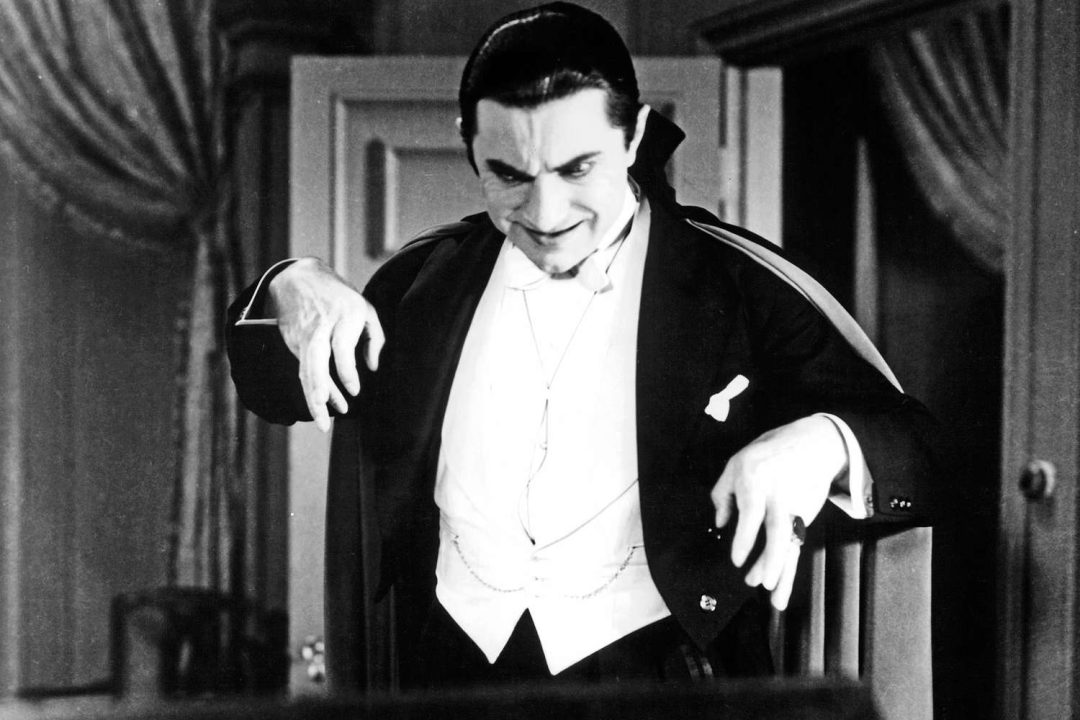
Some horrors don’t need speed to terrify.
Rosemary’s Baby (1968)
Director: Roman Polanski
Starring: Mia Farrow
This slow-burning tale of paranoia and control makes excellent use of everyday settings to disturb viewers. It questions the boundaries of trust, faith, and reality, all through one woman’s experience.
What sets it apart:
- Creeping paranoia instead of graphic horror
- Subtle cues that build unbearable tension
- Chilling ending with unforgettable imagery
The Witch (2015)
Director: Robert Eggers
Set in 1600s New England, The Witch is a folk horror tale that allows its bleak atmosphere to do the heavy lifting. It’s not about big scares—it’s about slowly making you feel uneasy until the inevitable unraveling.
Hereditary (2018)
Director: Ari Aster
Perhaps the most emotionally devastating horror film of the last decade. Hereditary starts as a family drama and evolves into pure nightmare, using grief as its emotional trigger.
Why it lingers:
- Incredible performances (Toni Collette!)
- Every detail matters and builds dread
- Shocking but entirely earned conclusion
🧾 Where to Stream These Slow Burn Gems
| Film | Platform(s) |
|---|---|
| The Tree of Life | Max, Criterion Channel |
| There Will Be Blood | Netflix, Paramount+ |
| Lost in Translation | Peacock, Hulu |
| Roma | Netflix |
| Portrait of a Lady on Fire | Hulu |
| Blade Runner 2049 | Prime Video |
| The Witch | Max, Tubi |
| Hereditary | Max, Hulu |
| Mulholland Drive | Criterion Channel, Mubi |
❓ FAQs About Slow Burn Movies
What defines a slow burn movie?
A slow burn film unfolds gradually, often focusing on character development, tone, and thematic buildup rather than quick action or immediate payoff.
Why do some people prefer slow burn films?
These films offer deeper emotional engagement, atmospheric storytelling, and often more satisfying conclusions because they feel earned.
Are all slow burn movies long?
Not necessarily. It’s about pacing, not length. A 90-minute film can be a slow burn if it takes its time building mood or tension.
What genre works best for slow burns?
Drama, horror, and psychological thrillers are particularly effective because they thrive on mood and internal conflict.
🎬 Final Thoughts: What Makes the Wait Worthwhile?
In an era of instant gratification, slow burn movies challenge us to be present—to observe, to reflect, and to feel. They ask more from us, but they also give more in return. These films aren’t just worth your time—they reward your attention with resonance, depth, and craft.
So next time you’re looking for a film that lingers in your mind, skip the fast cuts and car chases. Choose something that simmers.
📚 Related Articles
- 10 Psychological Thrillers That Take Their Time (And Get Better For It)
- Horror Films That Build Dread Without Jump Scares
- How Cinematic Pacing Affects Viewer Emotion

